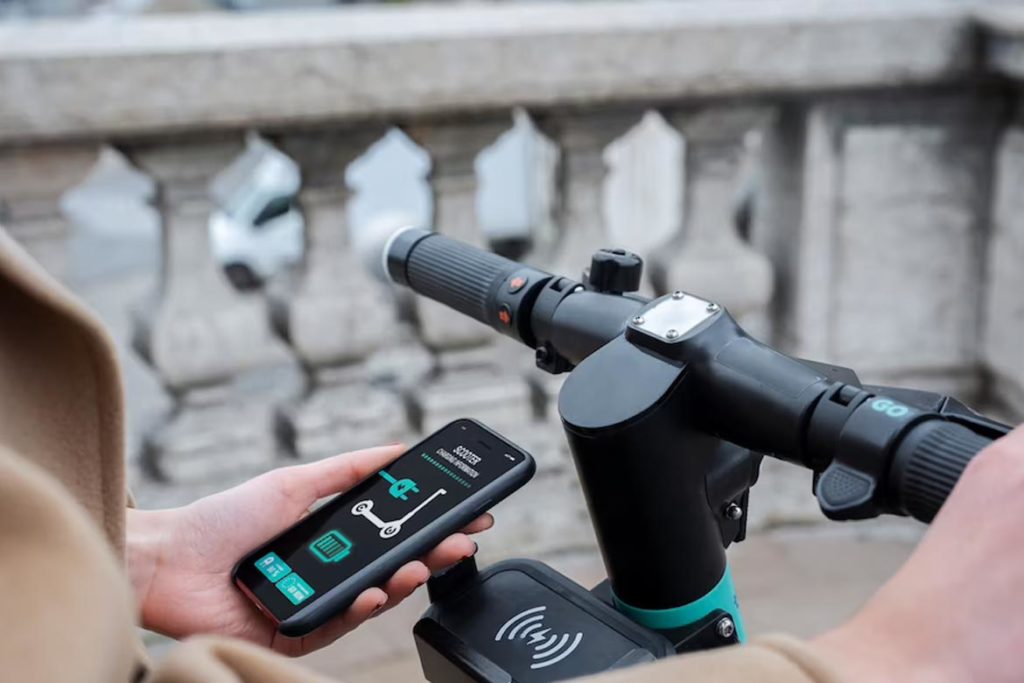Electric vehicles (EVs) are becoming more popular as a greener and cheaper alternative to conventional vehicles. However, one of the main challenges that EVs face is the battery technology, which affects the range, cost, charging time and infrastructure of EVs. There are two main approaches to battery technology in EVs: swapable and integrated.
Swapable batteries are batteries that can be replaced with a fully charged one at a swapping station, while integrated batteries are batteries that are fixed to the vehicle and can only be charged by plugging in. Both approaches have their advantages and disadvantages, and this article will compare them based on various criteria.
Range
Range is the distance that an EV can travel on a single charge. Range anxiety is a common concern among EV users, as they worry about running out of battery power before reaching their destination or finding a charging station. Swapable batteries can potentially solve this problem by providing a quick and convenient way to replenish the battery without waiting for hours. Swapable batteries can also be smaller and lighter than integrated batteries, which can improve the vehicle performance and efficiency.
However, swapable batteries also require a network of swapping stations that are compatible with different types of vehicles and batteries. This can be costly and challenging to build and maintain, especially in rural areas or across different countries. Integrated batteries, on the other hand, can offer longer range than swapable batteries by using larger and more advanced battery cells. Integrated batteries can also benefit from the existing network of charging stations that are compatible with different types of plugs and voltages. However, integrated batteries also have drawbacks such as longer charging time, higher cost and heavier weight.
Cost

Read more: MG Comet: the new budget EV is here, check details
Cost is another important factor that affects the adoption of EVs. Cost includes both the upfront cost of purchasing an EV and the operational cost of maintaining and running an EV. Swapable batteries can lower the upfront cost of EVs by separating the ownership of the battery from the vehicle. This means that EV users can pay a subscription fee for using the battery service instead of buying the battery outright. This can make EVs more affordable and competitive with conventional vehicles.
Swapable batteries can also lower the operational cost of EVs by reducing the need for battery replacement or degradation. Swapable batteries can be centrally managed and charged by the service provider, which can ensure optimal charging conditions and prolong the battery life. Swapable batteries can also be repurposed or recycled after their end-of-life for other applications such as solar or energy storage.
However, swapable batteries also have drawbacks such as higher dependency on the service provider, lower flexibility in choosing or customizing the battery type or capacity, and potential compatibility issues with different vehicles or swapping stations. Integrated batteries, on the other hand, can offer more control and flexibility to EV users over their battery choice and usage. Integrated batteries can allow EV users to customize their battery type or capacity according to their needs and preferences.
Integrated batteries can also allow EV users to benefit from improvements in battery technology over time. However, integrated batteries also have drawbacks such as higher upfront cost of purchasing an EV with a large and expensive battery, higher operational cost of replacing or degrading the battery over time, and higher environmental impact of disposing or recycling the battery.
Charging Time and Infrastructure

Charging time and infrastructure are also crucial factors that affect the convenience and feasibility of EVs. Charging time refers to how long it takes to recharge an EV’s battery from empty to full, while infrastructure refers to how accessible and available are the charging facilities for EV users. Swapable batteries can offer faster charging time than integrated batteries by replacing a depleted battery with a fully charged one in a matter of minutes. This can save time and hassle for EV users who need to travel long distances or have busy schedules.
Swapable batteries can also offer more efficient charging infrastructure than integrated batteries by using centralized charging stations that can charge multiple batteries at once using renewable energy sources or off-peak electricity rates. This can reduce the load on the grid and lower the carbon footprint of EVs. However, swapable batteries also face challenges such as building and maintaining a sufficient network of swapping stations that are compatible with different types of vehicles and batteries, ensuring the safety and quality of the swapped batteries, and dealing with regulatory and legal issues regarding battery ownership and liability.
Integrated batteries, on the other hand, can offer simpler charging infrastructure than swapable batteries by using existing plugs and sockets that are widely available in homes, workplaces or public places. Integrated batteries can also offer more flexibility in charging options than swapable batteries by using different types of charging options such as fast charging, wireless charging or solar charging. Integrated batteries can also offer more convenience and safety to EV users by avoiding the need to manually remove or replace the battery, which can be heavy and hazardous.
However, integrated batteries also face challenges such as longer charging time than swapable batteries, especially for large and high-capacity batteries, higher demand and stress on the grid and the environment due to higher energy consumption and emissions, and lower availability and accessibility of charging stations compared to conventional fuel stations.
Conclusion

Swapable and integrated batteries are two different approaches to battery technology in EVs that have their own benefits and drawbacks. Swapable batteries can offer faster charging time, lower cost, higher range and more efficient infrastructure than integrated batteries, but they also require a compatible network of swapping stations, lower flexibility and control over battery choice and usage, and potential safety and quality issues with swapped batteries.
Integrated batteries can offer more control and flexibility over battery choice and usage, longer range, simpler infrastructure and more convenience and safety than swapable batteries, but they also require longer charging time, higher cost, higher energy consumption and emissions, and lower availability and accessibility of charging stations.
Therefore, the choice between swapable and integrated batteries depends on various factors such as the type of vehicle, the user’s needs and preferences, the availability of infrastructure and the environmental impact. Both approaches have room for improvement and innovation in order to make EVs more attractive and feasible for the mass market.

